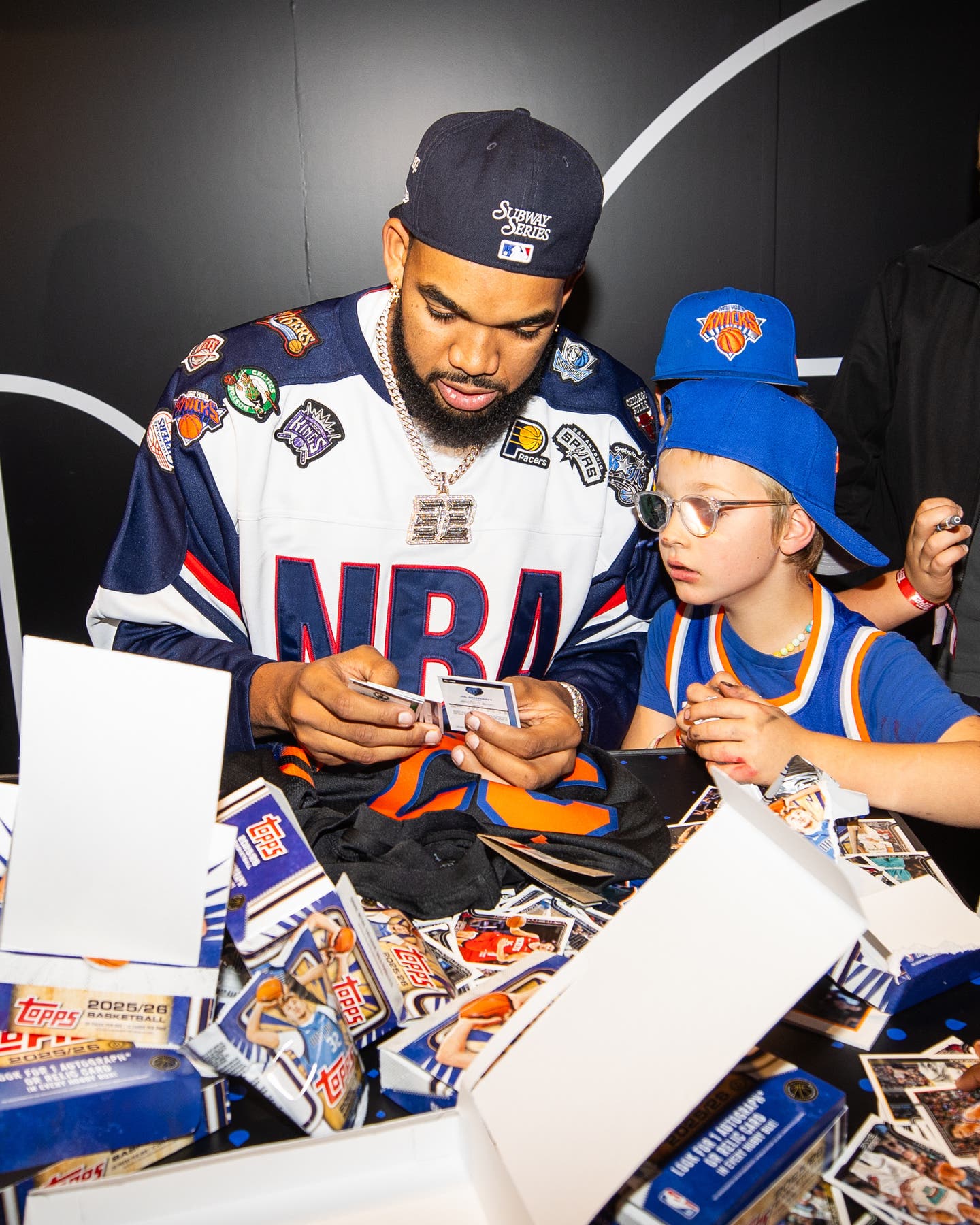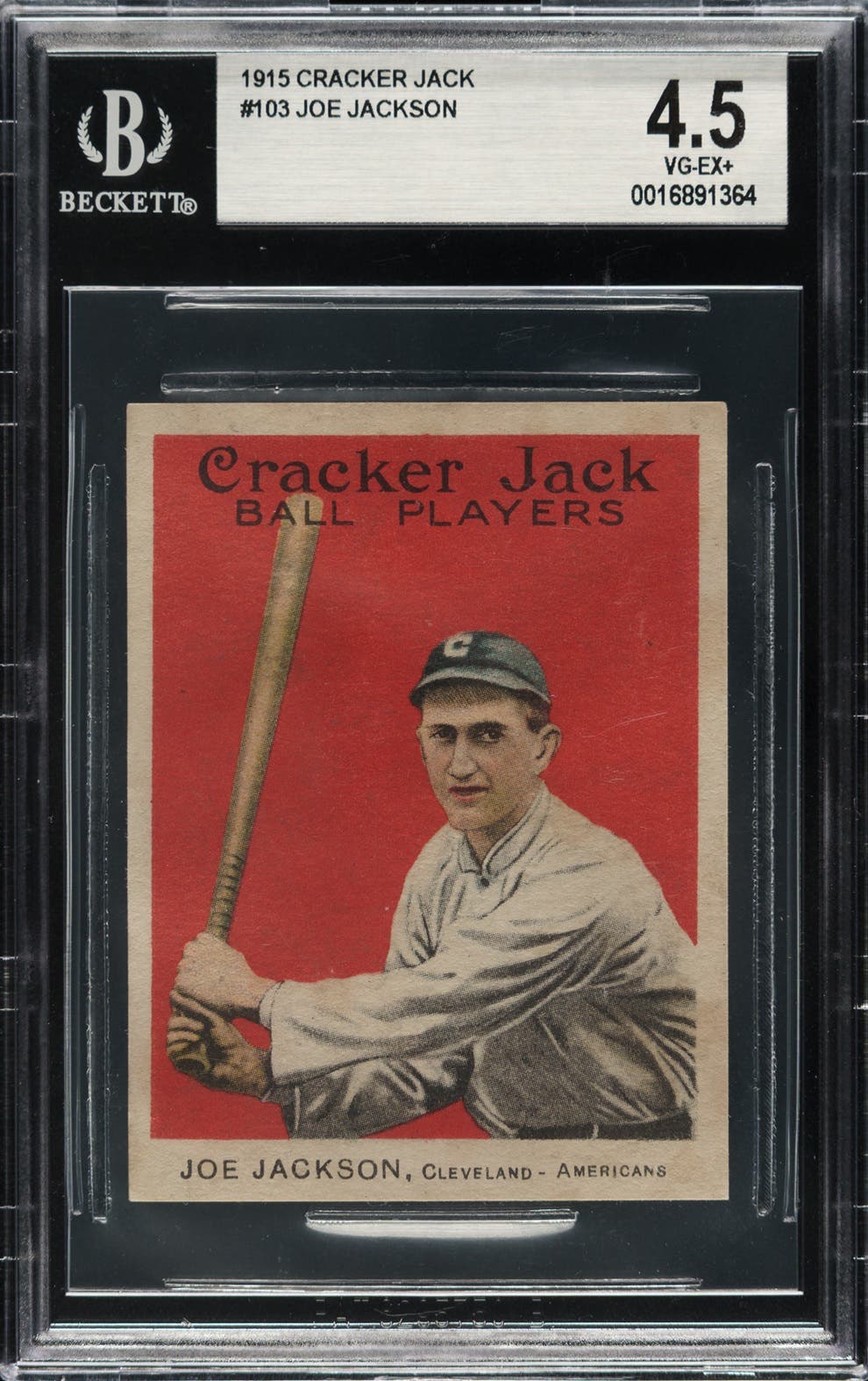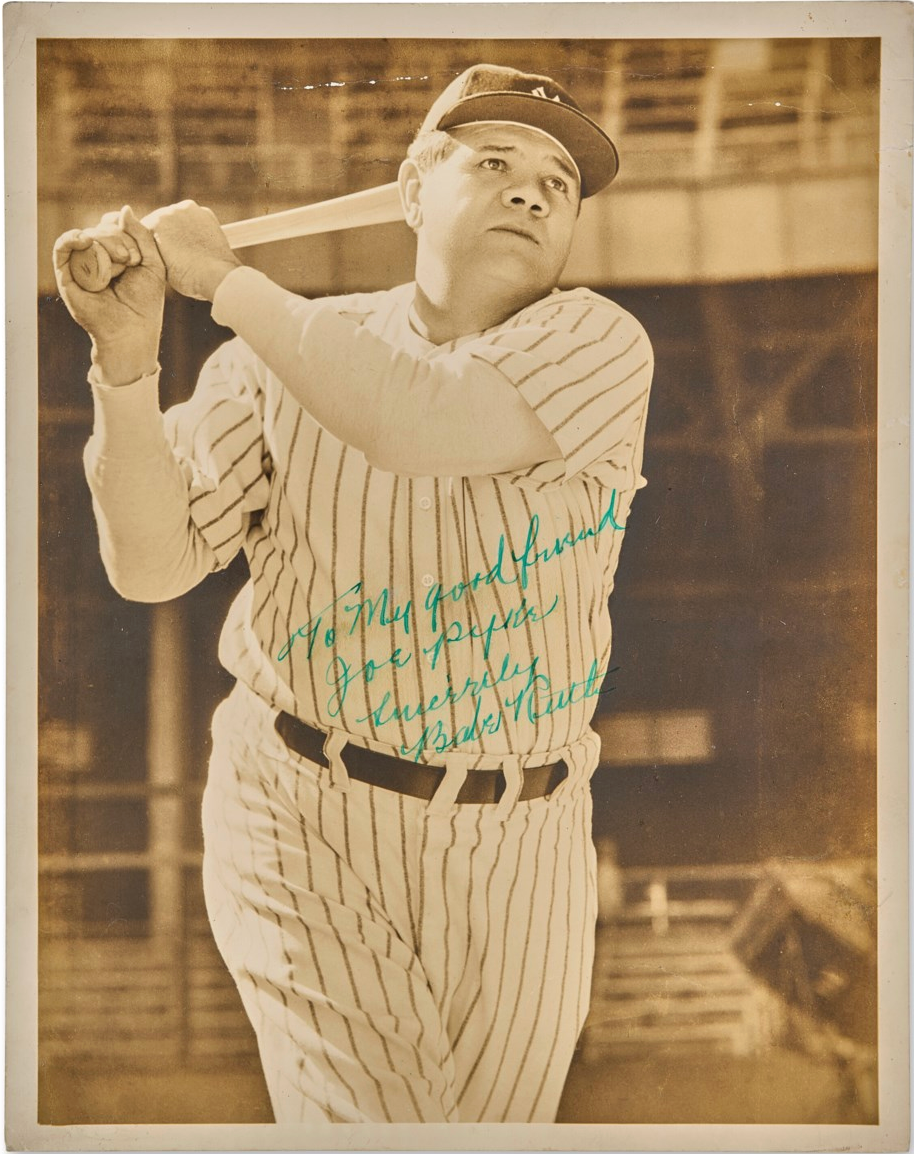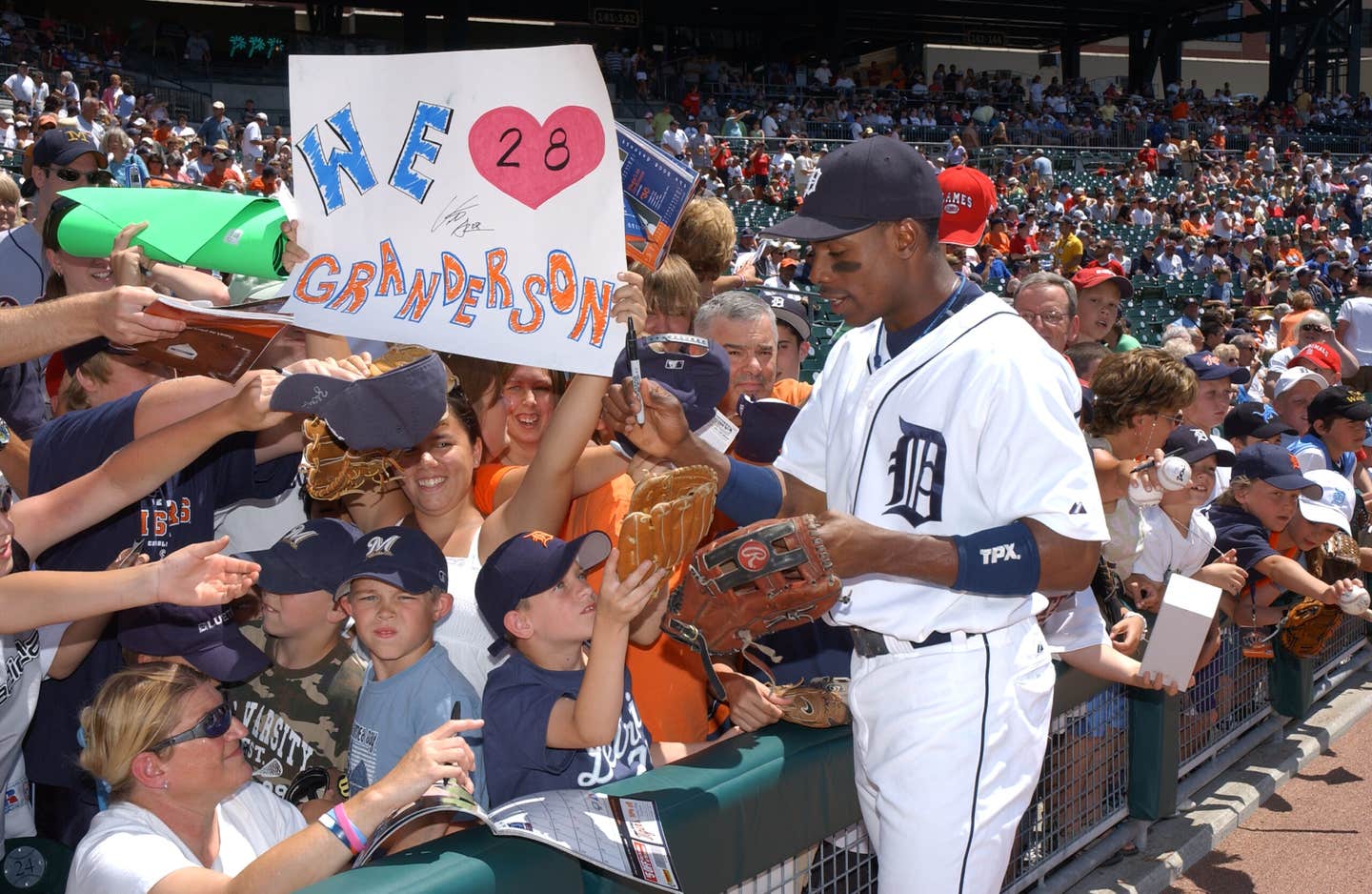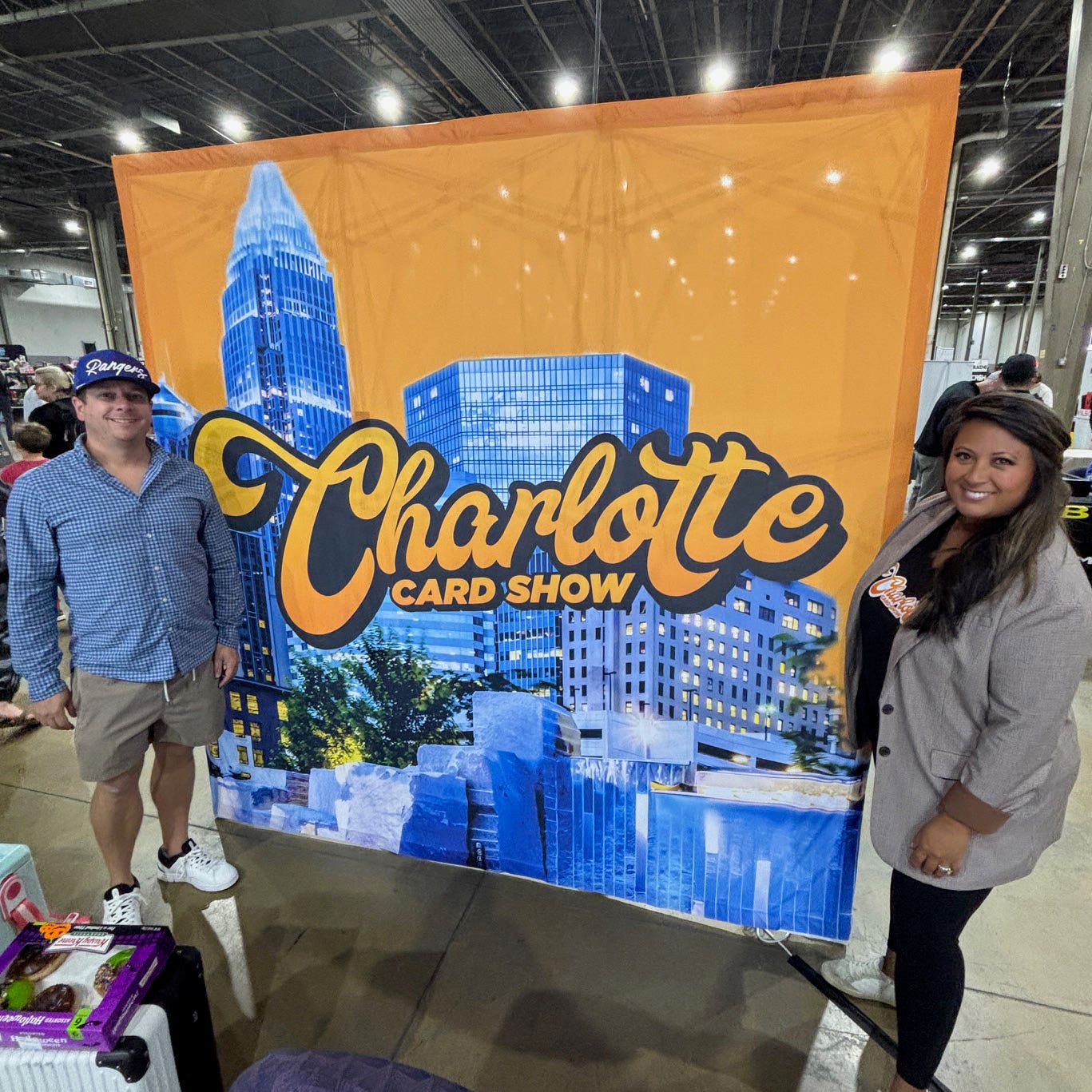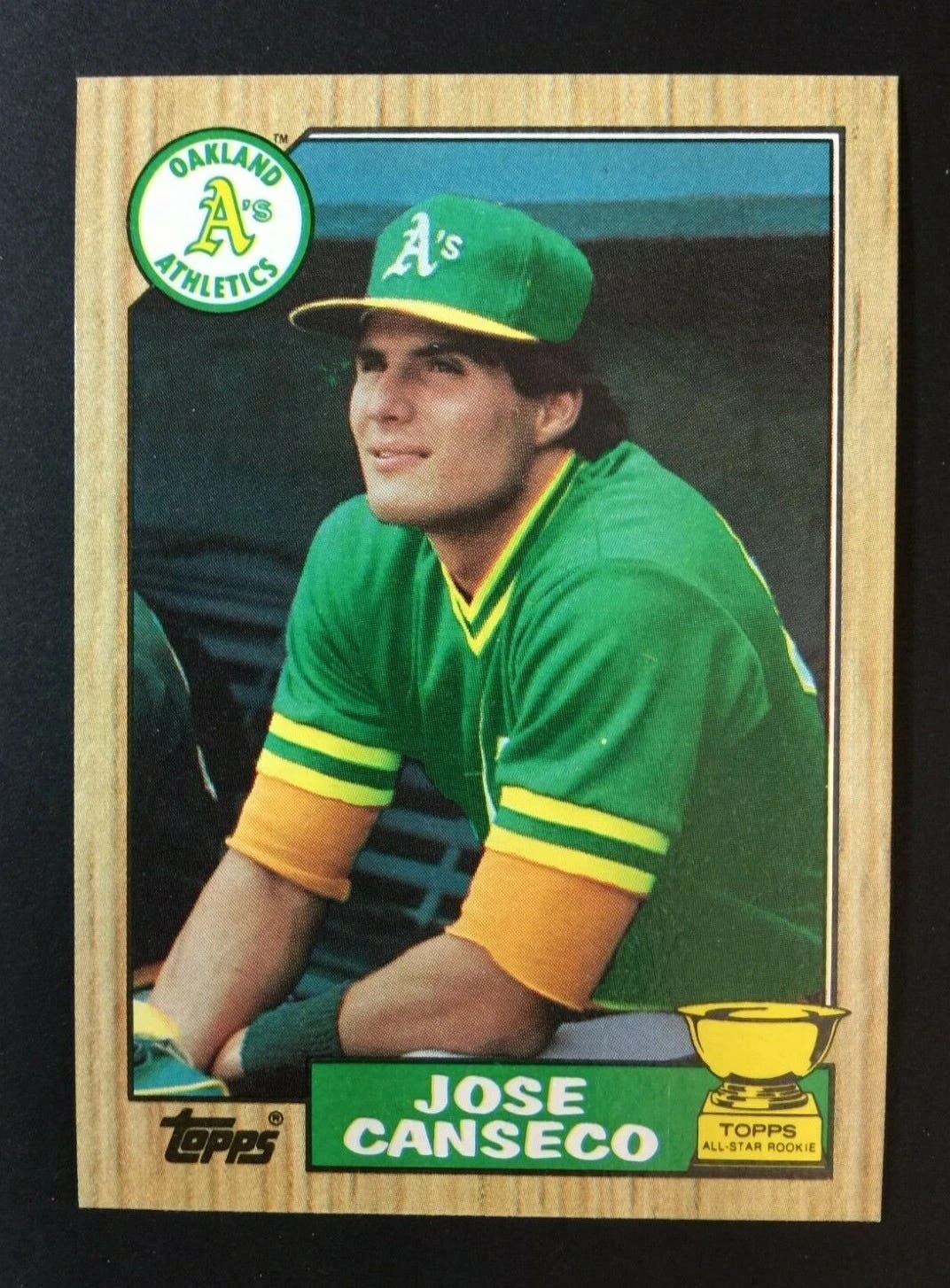Collecting 101
Fleer liquidation sale generates roughly $1 millio
The Fleer Trading Cards demise has been devastating to many of its creditors, not to mention those who lost their jobs. The people who stand to profit or at least recoup some of their losses were in a jovial mood Friday, however, as the Fleer liquidation sale generated about $1 million in an event just down the street from Fleer’s former offices in Mt. Laurel, N.J.
Sold were millions of trading cards from Fleer’s warehouses, primarily from retail returns; autographs, uniforms, bats and the like used to create trading cards; and office equipment like computers and chairs.
Dealers and distributors snapped up the trading cards, which are destined for repacking and sale in bargain bins. Upper Deck bought almost all of the autographs that were in cut form or on stickers, obviously for use on future trading cards.
Warren Martin, assignee in the process called the Assignment for the Benefit of Creditors (ABC) and responsible for generating as much revenue from Fleer as possible, had already sold the Fleer Collectibles die-cast business and the trade names to Upper Deck. “That side of the business was profitable and those creditors will likely receive 100 percent of their claims,” Martin said.
The sale was conducted by the Continental Auction Group of North Palm Beach, Fla., and North Dakota auctioneer Troy Orr. It was an impressive performance by both. With a 10 percent buyer’s premium, the total of around $1 million beat a pre-auction estimate by more than 30 percent.
“If Fleer could have gotten these prices, they wouldn’t have gone out of business,” said wholesaler Brian Gray of The Edge-Man. “They got killed on the autographs, but replica jerseys selling for over retail? People paid $75 for jerseys that retailed for less than that.”
There were some strange scenarios, like former Fleer employees watching their former desks sell for a fraction of their value. Gray had a peculiar situation develop – the auction of the ping pong ball used to determine that the Denver Nuggets would get to draft Carmelo Anthony, which in one sense he already owns. The redemption card with which Gray should have had ownership was upstairs in his hotel room when the ping pong ball went up for bids. Gray bid $1,000 on the ball, nearly reuniting it with its redemption card, but when bidding reached $1,100, Gray stopped “out of principle,” he said.
But it was a profitable day for dealers and distributors, creating a curiously jovial atmosphere given the genesis of the event. Gray, for instance, paid $3,000 for the set of ping pong balls from the 2004-05 NBA Draft and sold them to an unnamed investor for almost double that price 30 seconds later.
Upper Deck and Topps were both in the room and bidding, with UD spending almost six figures. Upper Deck did not bid on any game-used material, not being able to assess the probability of finding their COAs and needing those to use it for cards.
Still to come are an auction of the digital images and slides, set for Sept. 30. “We’re working through some legal issues there,” Martin said, as some photographers have inquired about getting back photos they believe they own.
Martin said something significant would happen this week regarding the fulfillment of redemption cards, and when that process is over, there will be leftover cards that will be eligible for sale. “I am going to be filing a motion with respect to redemption cards shortly,” he said. “We have a large amount of redemption-card inventory. It is possible that there will be a future sale of some portion of that inventory.”



